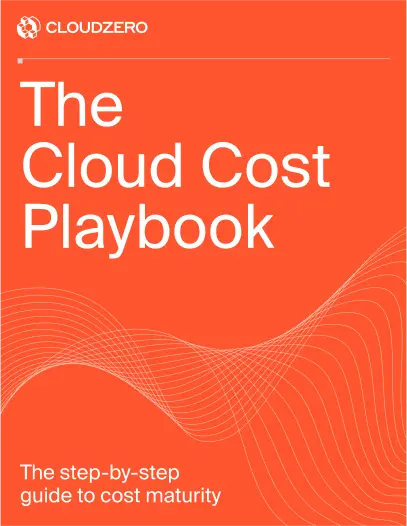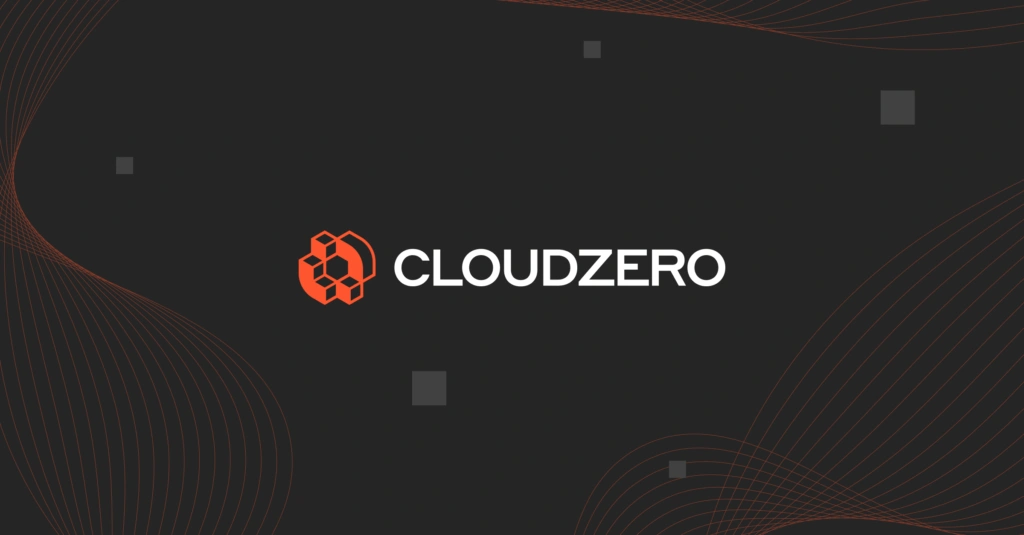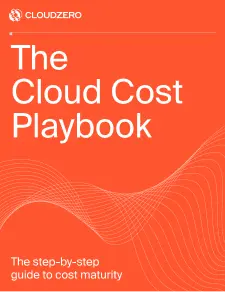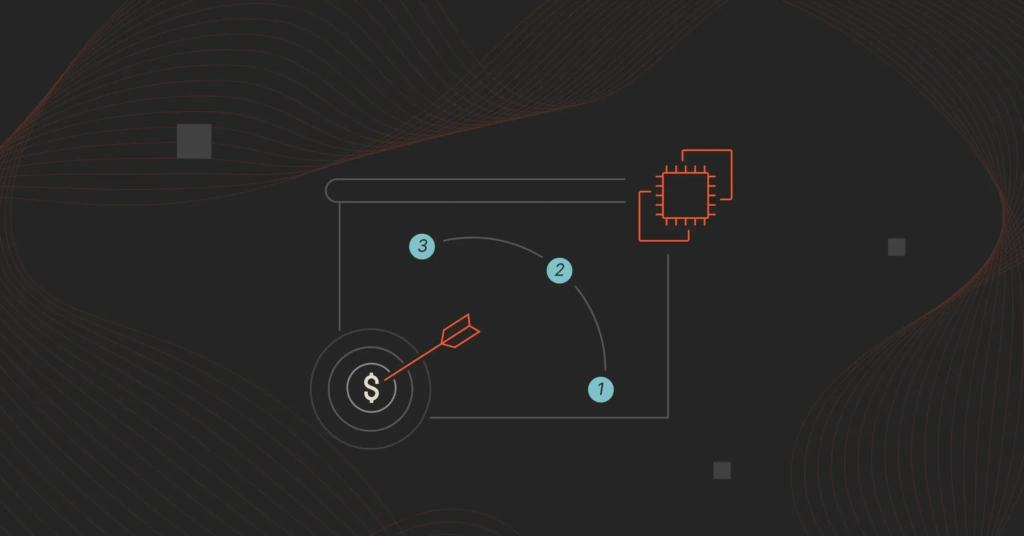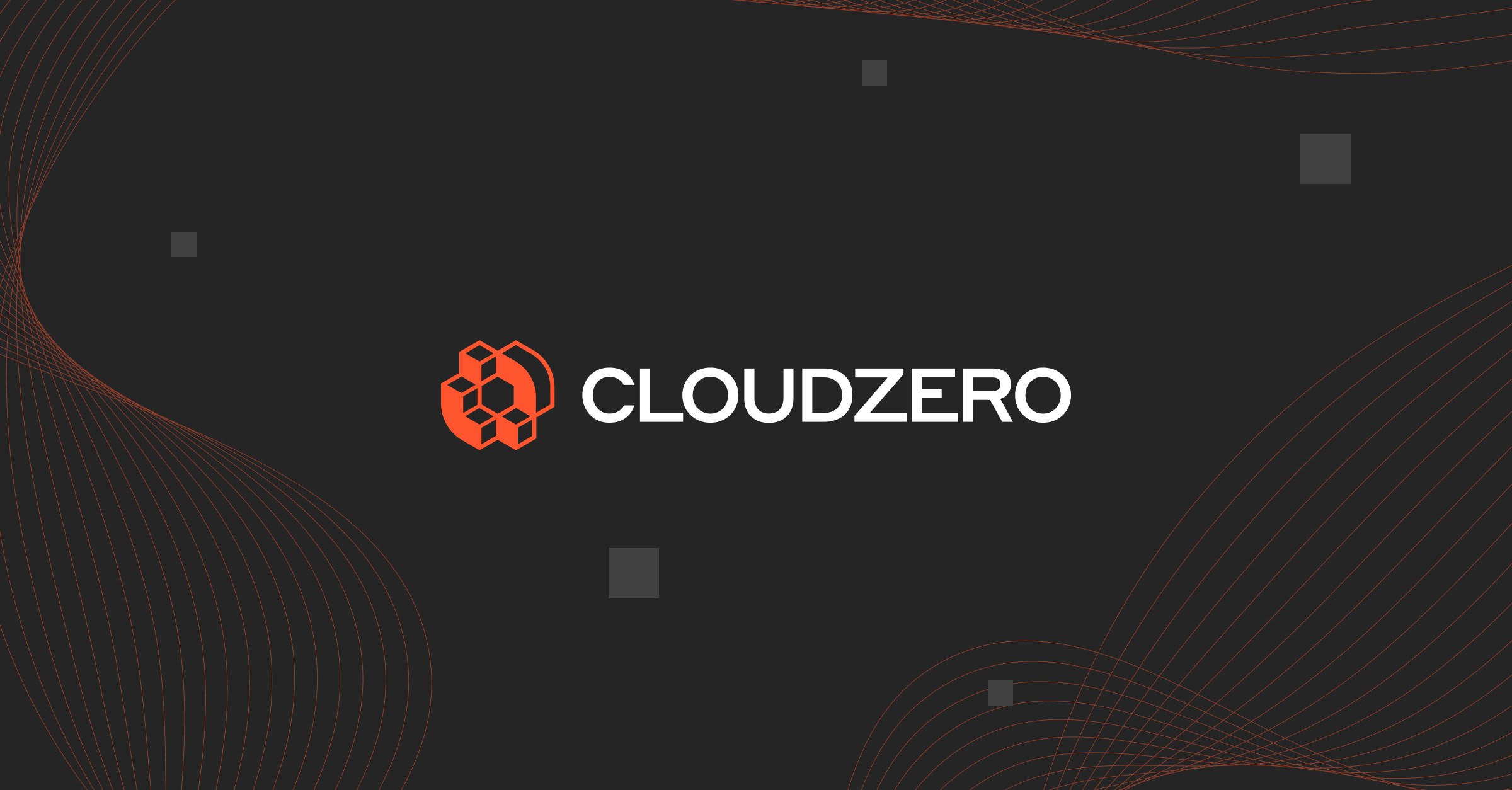As a cloud product manager, much of our jobs center around creating KPIs (or OKRs, if you prefer) such as sales revenue, freemium conversions, or customer stickiness, and encouraging development teams to hit product performance goals.
But what happens after those goals have been met? Do we create new KPIs and push forward, or do we take a step back and evaluate whether each indicator actually translates to higher profit for the business? Sometimes it’s easy to get hung up on driving revenue and forget that revenue doesn’t always translate directly to profits in the cloud world.
If you seem to consistently hit your KPIs but fall short when it comes to actual profits, that’s a sign you need to analyze costs more carefully during the next round of goal-setting. The following considerations should keep you in the right mindset and give you ideas on where you can optimize your strategy.
Determine The Cost Impact Of The Changes You Make
Say you’ve built a new way to reduce friction during the signup process, which has resulted in 5% higher conversions from free trials to paid subscriptions. On the surface, that seems like an undeniable win.
But what did it cost to reengineer that signup process? If the new process uses dramatically more cloud processing to reduce the need for customers to complete each step on their own, the increase in paying customers might not actually outweigh the cost.
We’ve used conversion rate as an example, but this principle applies to any KPI you have set as a goal. At the end of the day, if the cost is too high, you’ll cancel out all the improvements you’ve made.
You could devise a KPI that takes costs into consideration. For instance, instead of striving for a flat 5% conversion rate, you might set a goal to increase conversions by 5% without increasing costs. Or maybe your business is facing a financial crunch and you need to set KPIs that are aimed squarely at improving your margins: decrease the cost of converting a user by 20%.
Continuously Communicate About Costs With Each Team
It’s one thing to tell your teams that a certain cost threshold will be part of their KPIs. It’s quite another to keep lines of communication open and ensure transparency around costs throughout the entire product cycle.
Most people build a product, market it, launch it, provide customer support, and then take a look at how much the whole product costs at the end of the cycle. And though the cycle begins again with evaluating your customer feedback and product performance, granting plenty of opportunities for improvement, this strategy can potentially leave a lot of money on the table.
Anticipating costs before they happen — and before you launch a product and cement those costs in stone — is the key.
Solving this problem requires a “shift left” mentality. This means, instead of bringing costs to everyone’s attention at the end of the cycle, make sure costs are always in mind from the very beginning.
This brings us to our next problem. How do you make sure each team has the necessary information to keep costs under control from the very beginning of a project?
Track Costs As They Happen
Engineering, marketing, customer support, and any other teams that touch your product will all incur costs associated with helping the product to be successful. You can include cost goals in your KPIs, but it will be tough for your teams to hit those goals — and difficult for you to keep everyone on track — without a clear way of seeing costs in real time.
As we’ve mentioned, to make better decisions around cost, you and your engineering teams must understand what the costs will be before you incur them. It doesn’t help much to see the cost of your product management decisions when the cloud bill is already sitting in your company inbox.
The solution here is to make sure every cost gets tracked and reported right away. Ideally, each cost should be tagged appropriately so that any team can see those costs as they happen. Seeing the dollar signs get bigger can be a powerful incentive to help engineers, marketers, and other team members stay on track.
CloudZero Makes Tracking Costs Easy
You can’t flip a switch and incorporate every solution all at once. But if there’s one thing most product managers truly have a talent for, it’s iterative problem-solving. You constantly look for better ways to do things and you’re willing to try, try again until you find your optimal solution.
CloudZero can help you get there faster. With advanced telemetry to track your chosen metrics, real-time cost reporting that goes directly to your inbox and to your engineers, and a Dimensions dashboard that allows you to see the big picture clearly enough to develop useful projections, our platform gives you the tools to dive deep into the costs and revenue for every product and feature in your purview.
